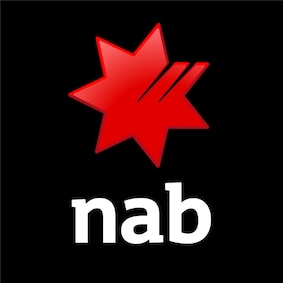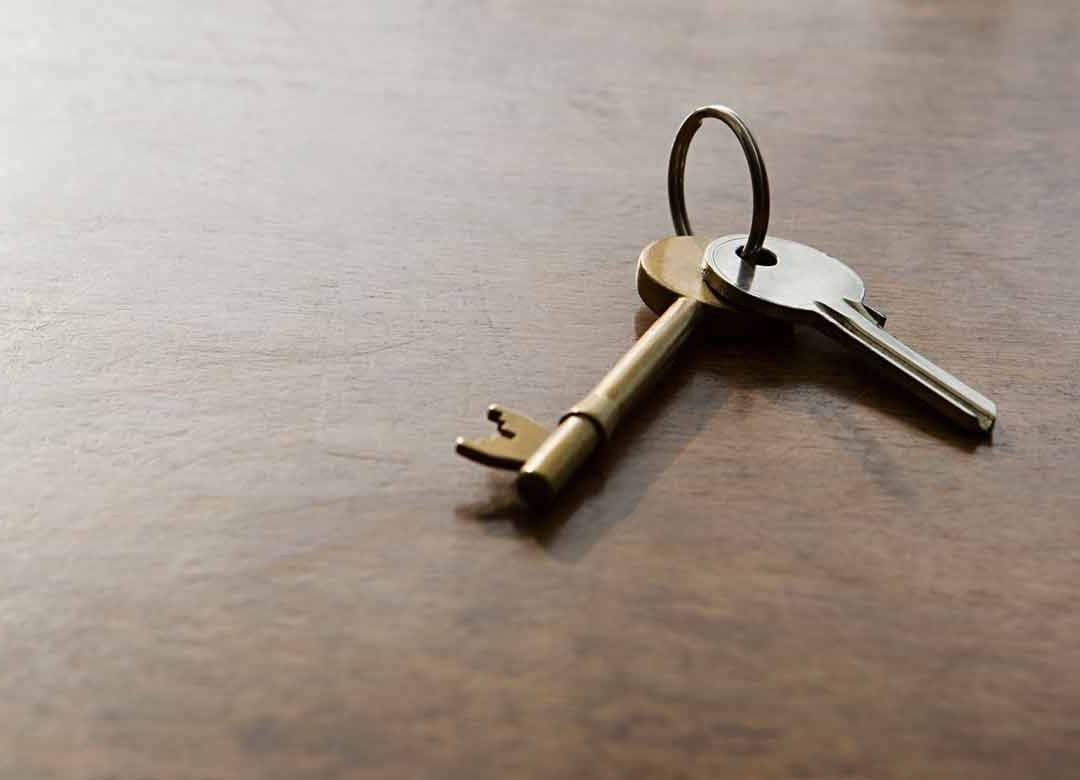First Home Super Saver scheme | Superannuation - NAB
What is the FHSS scheme?
The First Home Super Saver (FHSS) scheme enables you to use your super savings to buy a house. It lets you make voluntary contributions to your superannuation, which you can later withdraw to put towards a deposit, helping you buy your first home sooner.
A key benefit of buying your home with super is it can also help boost your savings. Let’s find out how.
Benefits of the FHSS scheme
While earnings on investments – such as interest earned on savings account balances in your own name are taxed at your marginal tax rate (which may be up to up to 47%), earnings on investments in your super fund accumulation account are eligible for a concessional tax rate of 15%.
Depending on market conditions, your super savings may earn more than they would in a regular savings account.
FHSS eligibility criteria
To be eligible to use your super to buy a house under the FHSS scheme, you must:
- not have owned property in Australia before (unless you lost a property because of financial hardship)
- be aged 18 years or older; and
- have not previously had an amount released from superannuation under this scheme.
Eligibility is assessed on an individual basis. For more information on eligibility, visit the ATO’s page on the FHSS Scheme. You may also wish to confirm with your super fund that they will participate in the scheme.
How the FHSS scheme works
If you’re looking to access your super to buy property as part of the FHSS scheme, it’s worth keeping in mind that only voluntary contributions made into your super account (from 1 July 2017) will be available to you. Eligible contributions include:
- salary sacrifice contributions
- personal contributions
- voluntary employer contributions (does not include mandatory employer contributions such as Super Guarantee).
The type of voluntary contributions you make into super will affect the maximum release amount. You can withdraw 100 per cent of your eligible non-concessional (after-tax) contributions and 85 per cent of eligible concessional (pre-tax) contributions.
Non-eligible contributions
Certain types of contributions are not eligible to be withdrawn under the FHSS scheme, including:
- compulsory employer contributions (example: Superannuation Guarantee)
- spouse or child contributions
- government co-contribution
- contributions made by another individual or entity on your behalf (except where your employer makes additional contributions for you under an agreed salary sacrifice arrangement), and
- voluntary contributions to defined benefit funds or constitutionally protected funds.
Super withdrawals under the FHSS scheme
All contributions to super will count towards the ordinary contribution caps that apply. The maximum amounts you’re able to contribute (within the ordinary caps) and withdraw as part of the FHSS scheme are $15,000 per financial year, and up to $50,000 in total.
You’ll also be able to access associated earnings calculated by the ATO based on a set rate on eligible contributions that you withdraw.
Applying to withdraw your funds
After your funds are released
Once your funds have been released, there are a few important conditions to meet which include:
- entering into a contract to purchase or build your home within 12 months (may be extended by the ATO)
- notifying the ATO once you’ve entered into a contract.
As well as meeting these obligations, you must:
- occupy (or intend to occupy) the property as soon as it's practical to do so, and
- live in the property for at least six of the first 12 months you own it (from when it's practical to do so).
If you don’t enter into a contract within the required timeframe, you’ll need to either recontribute the funds to superannuation or pay additional ‘First Home Super Saver Tax’. You won’t be eligible to apply for a release in the future under the scheme.
Find more information on the FHSS scheme.
Calculate how much you can borrow
Get an estimate of what you could afford to borrow and compare different home buying scenarios.
Explore property and home buying guides
First Home Owner Grant (FHOG) – the basics
Find out how much you're entitled to with the First Home Owner Grant (FHOG).
How much do you need for a house deposit
Tips to help you save a deposit for a home loan.
First home buyer’s guide
Our easy step-by-step guide to buying your first home.
Related products and services
Home loans
Home loans for every need with tools, calculators and guides to help you choose.
Home and Contents Insurance
Cover your home and contents with NAB insurance. Compare policies now.
Savings accounts
Whatever you're saving for, our savings accounts can help get you there sooner.
Contact us for home loan related queries
This is how you can get in touch.
Start a conversation with a banker
- Log into either NAB Internet Banking or the NAB app.
- Tap on the message icon.
- Type ‘speak to a person’ in the conversation window.
Call us
Speak to a home loan expert about a new or existing home loan.
Monday to Friday, 8:00am to 7:00pm (AEST/AEDT)
Saturday to Sunday, 9:00am to 6:00pm (AEST/AEDT)
Book an appointment
Make an appointment to see us at your nearest branch, ask a mobile banker to come to you or ask us to call you back.
Important information
Apologies but the Important Information section you are trying to view is not displaying properly at the moment. Please refresh the page or try again later.
The information contained in this article is intended to be of a general nature only. It has been prepared without taking into account any person’s objectives, financial situation or needs. Before acting on this information, NAB recommends that you consider whether it is appropriate for your circumstances. NAB recommends that you seek independent legal, financial and taxation advice before acting on any information in this article.





